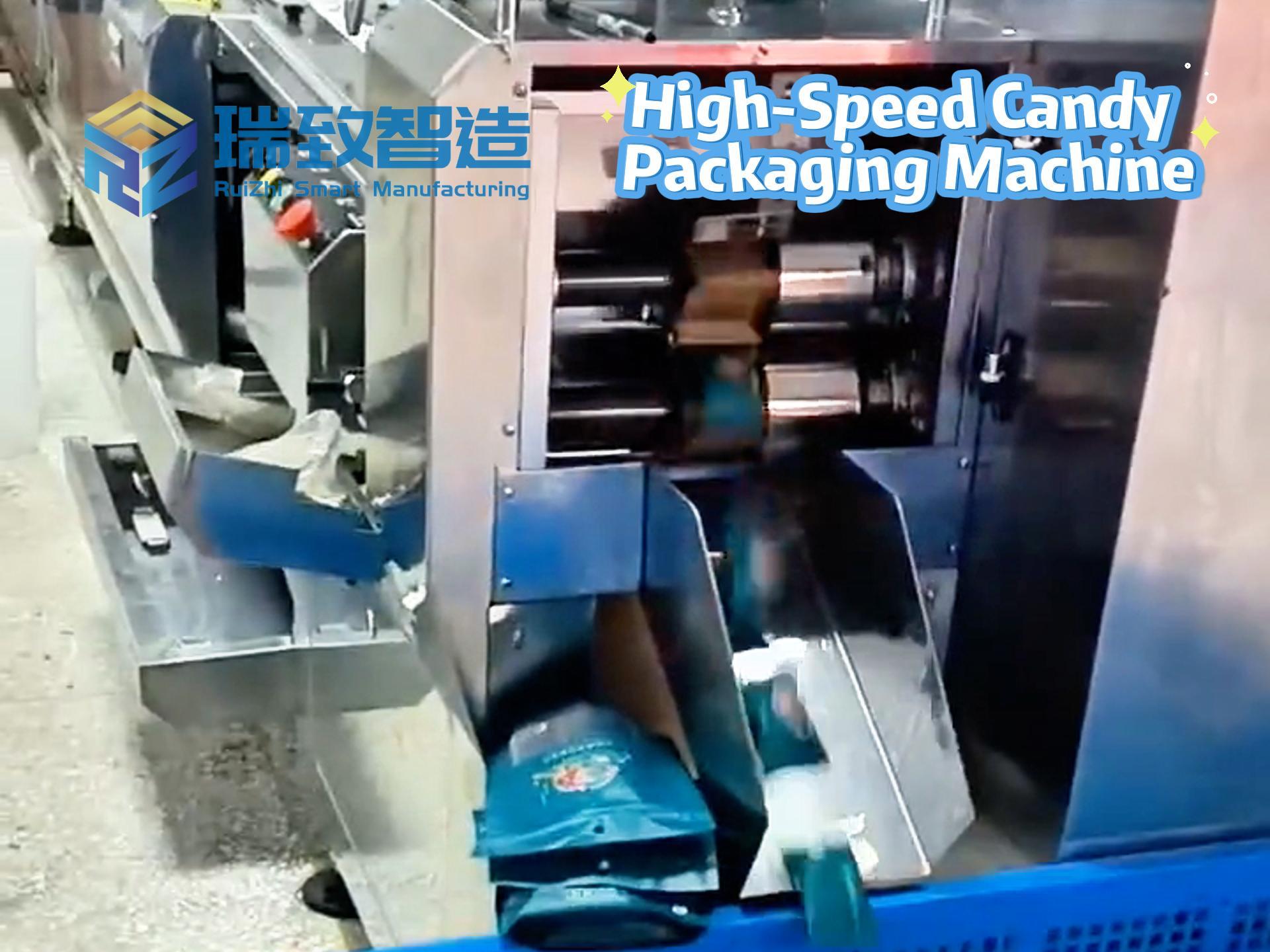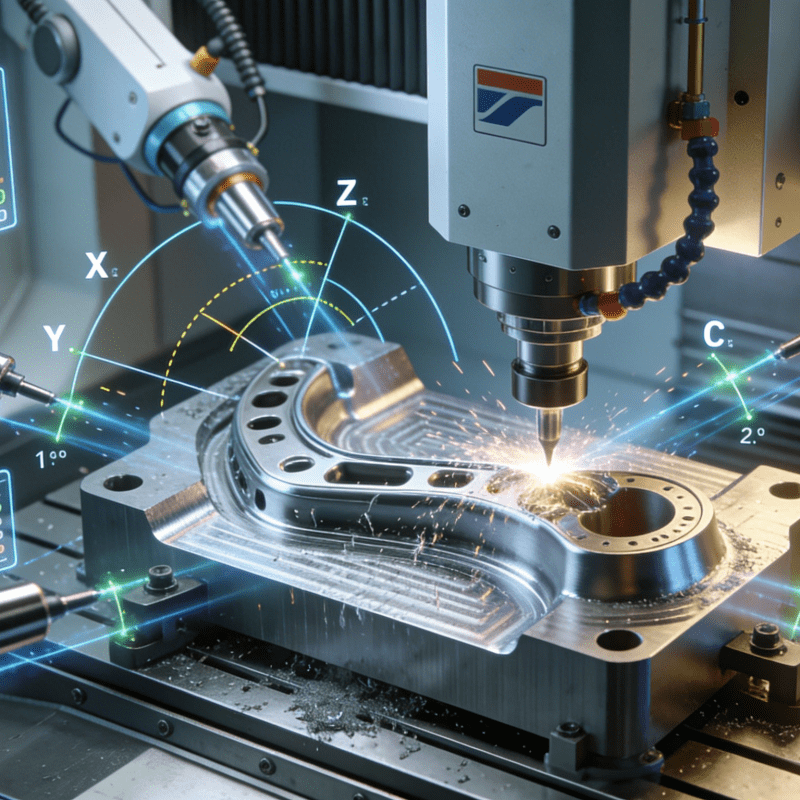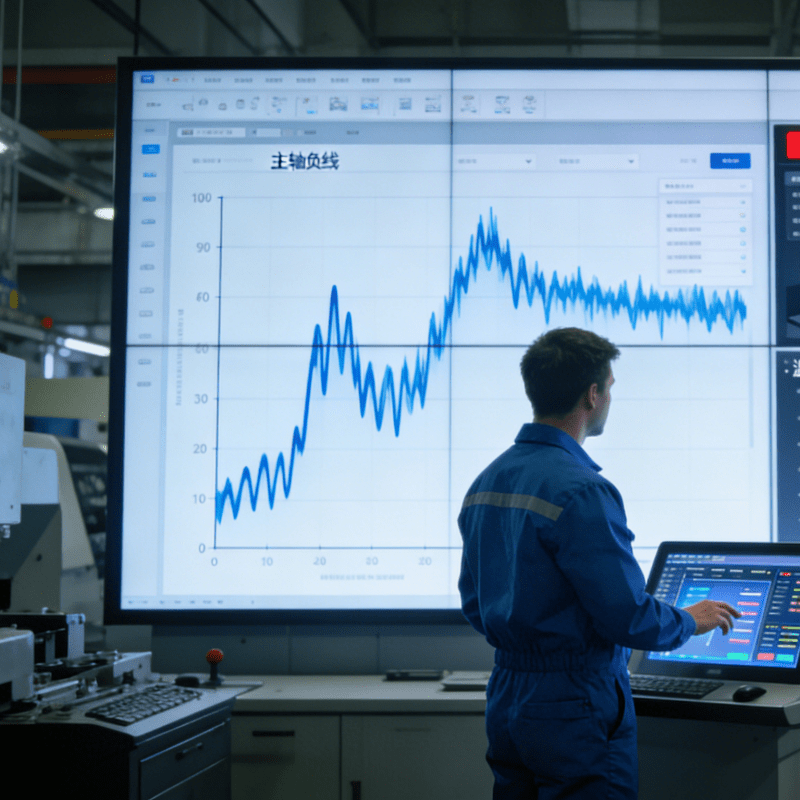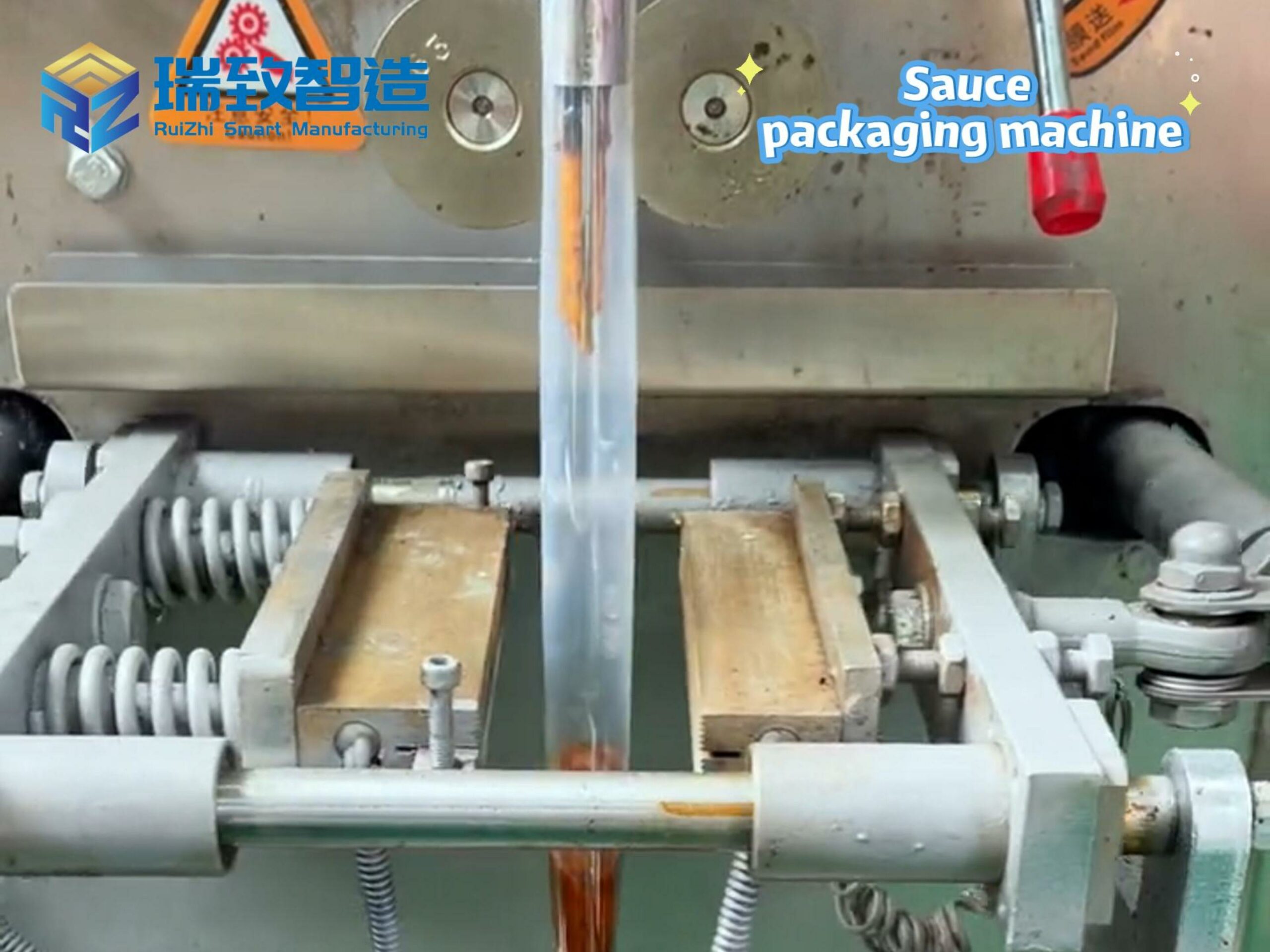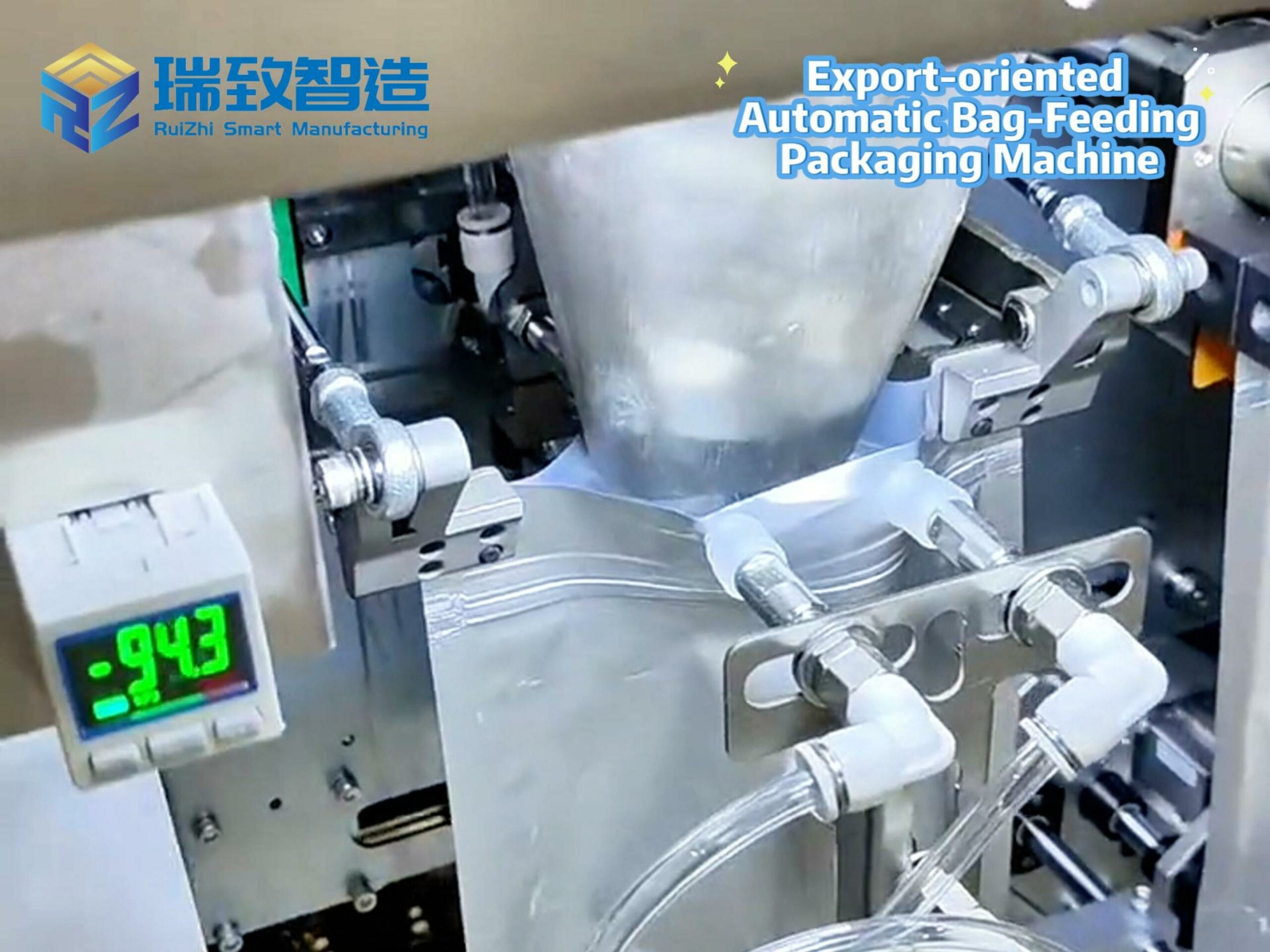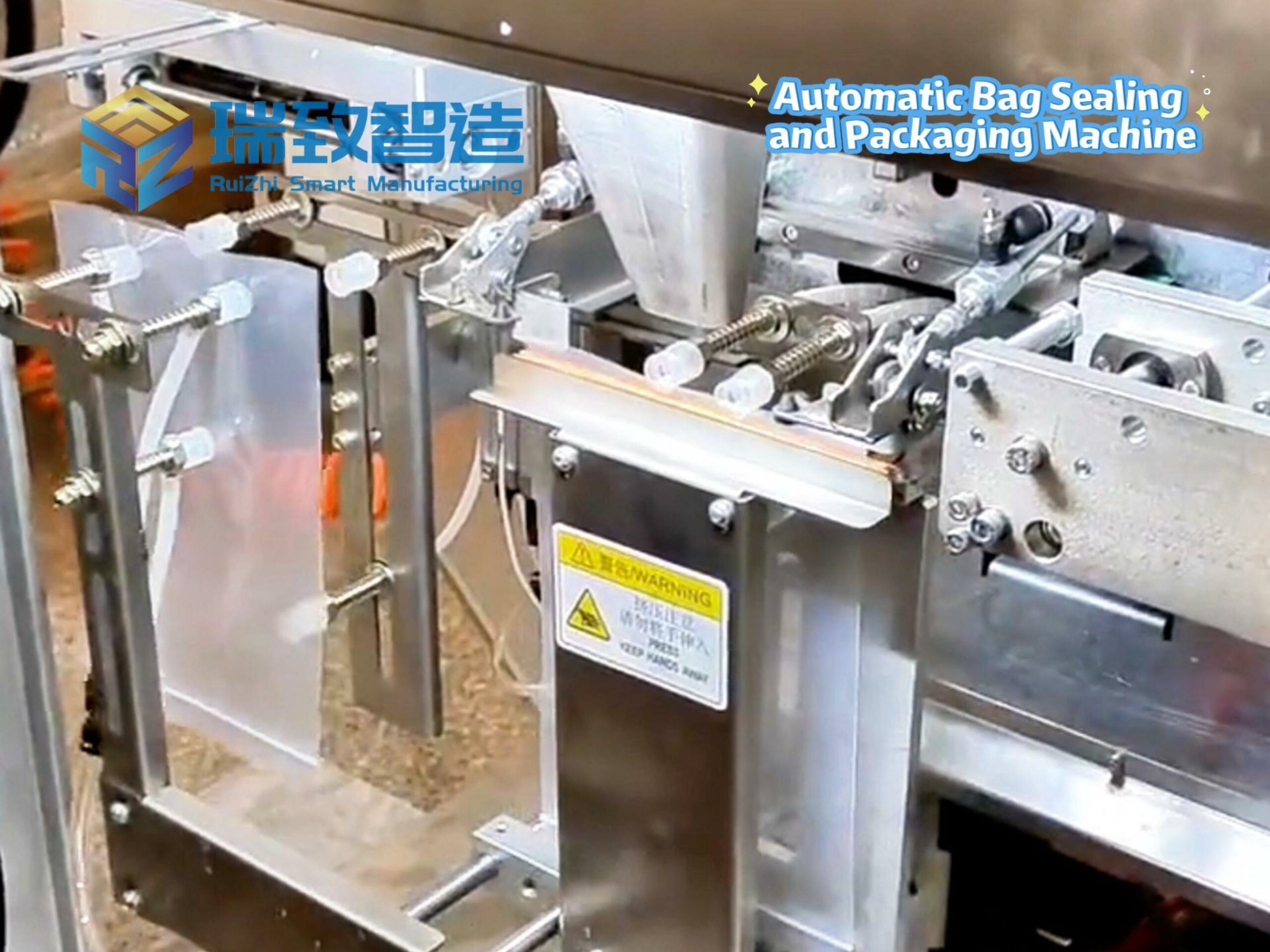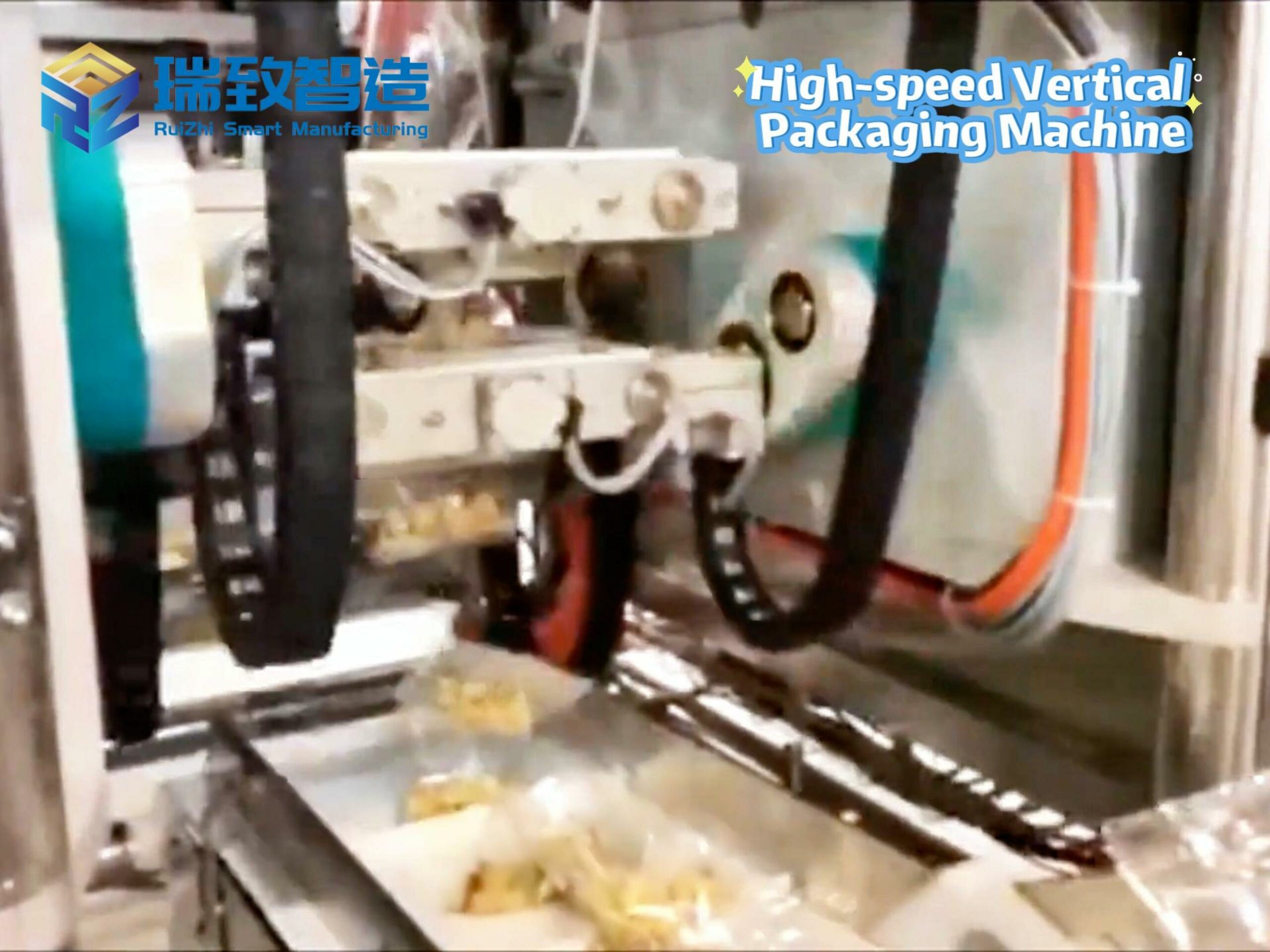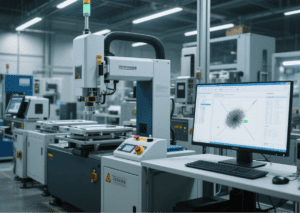
In the field of metal processing, the automation of bending processes has long been a pain point for small and medium-sized enterprises. Traditional automation equipment occupies a large area, is complex to debug, and struggles to handle small-batch, multi-variety order demands. The new rapid-movement bending unit Flex Cell launched by TRUMPF, with “full-function integration” as its core breakthrough, forms a compact automation system with the TruBend 7050 bending machine, redefining the efficiency standards of flexible bending. This solution can not only be deployed within a few hours but also, with its “compact size” of 10 square meters, bring 24-hour uninterrupted high-efficiency production capacity to the workshop, making it an ideal choice for coping with order fluctuations and labor shortages.
Seamless Integration: A “Minute-Level” Leap from Deployment to Production
The core competitiveness of Flex Cell lies in its “plug-and-play” integrated design. Unlike traditional automation systems that require days or even weeks of installation and debugging, operators can link the mobile robot unit with the TruBend 7050 bending machine in just three steps:
- Precisely dock the mobile base of Flex Cell with the bending machine (built-in positioning sensors ensure millimeter-level alignment);
- Complete program synchronization between the robot and the bending machine via a wireless module;
- Import processing parameters and start the automatic operation mode.
The entire process can be completed in as fast as 30 minutes, and even operators lacking senior automation experience can easily master it. This “zero-threshold” deployment capability allows small and medium-sized enterprises to quickly switch production modes without specially equipping automation engineers — manual processing of complex orders can be done during the day, and switching to Flex Cell’s fully automatic mode at night to achieve continuous production with “machines running even when people are off work”.
“For many enterprises, the biggest obstacle to automation is not cost, but complexity,” notes Julian Schopp, TRUMPF’s automatic bending sales engineer. “Flex Cell prepositions complex integration work at the factory level, so what customers get is a complete ‘out-of-the-box’ solution.”
Technical Core: Detail Design Drives Efficient Production
The combination of Flex Cell and TruBend 7050 is not a simple superposition of equipment but achieves efficiency improvement through a number of innovative technologies:
- Compact Layout, Freeing Up Workshop Space
The total floor area of the two sets of equipment is less than 10 square meters, equivalent to the size of two standard workstations. The mobile robot unit of Flex Cell adopts a foldable robotic arm design, which can shrink to a space of 1.5m × 2m when idle, suitable for flexible deployment in small and medium-sized workshops. This compactness enables it to be easily integrated into existing production lines without the need to restructure the workshop layout for automation transformation.
- Intelligent Material Management, Supporting Uninterrupted Production
- Oversized loading area: Can accommodate up to 50 sheets of 600×400mm, meeting the continuous feeding demand for an 8-hour night shift and reducing the frequency of manual material replenishment.
- Vacuum combination fixture: The robotic arm is equipped with multiple sets of vacuum suction cups that can adapt to different sheet shapes (flat plates, flanged parts, etc.). There is no need to replace the fixture when switching workpieces, and the loading and unloading time is shortened to 2 seconds per sheet.
- Dual-sheet detection system: Through infrared sensors and pressure feedback technology, it accurately identifies material stacking (detection accuracy up to 0.1mm) and automatically discharges the sheets into the waste area, avoiding equipment failures or product scrapping caused by incorrect feeding.
- Software Empowerment, Simplifying Programming and Debugging
The intelligent programming system based on TRUMPF TecZone Bend software shortens the traditional 1-2 hours of bending program writing to seconds:
- Operators only need to import CAD drawings, and the software automatically generates bending steps, calculates pressure parameters, and simulates the processing process to avoid interference;
- Robot path planning and bending machine movements achieve millisecond-level synchronization, ensuring no shaking or deformation during sheet transfer;
- Supports remote monitoring of production status through a mobile app, and real-time push of equipment early warning information (such as material shortage reminders, insufficient suction cup pressure, etc.).
Scene Adaptation: Accurately Solving Pain Points in Small and Medium Batch Production
The design of Flex Cell directly addresses the core challenges of the metal processing industry — efficient processing of multi-variety, small-batch orders. Its technical parameters and functional characteristics make it the “optimal solution” for specific scenarios:
- Applicable workpiece range: Metal sheets with size ≤ 600×400mm and thickness 0.7-6mm, covering typical bent parts such as home appliance panels, automotive brackets, and medical device accessories;
- Efficiency improvement: For standardized parts (such as distribution box shells, bracket products), the processing time per piece is 30% shorter than manual processing, and the consistency error is controlled within ±0.5mm;
- Cost optimization: By reducing manual intervention, 2-3 workers’ costs can be saved per shift, and the scrap rate caused by human operation errors is reduced (usually from 5% to less than 1%).
Practice from an automotive parts supplier shows that after introducing Flex Cell, the daily output of its small bracket products increased from 800 pieces to 1200 pieces, the labor cost of night shift production was reduced by 70%, and the equipment investment was recovered in three months.
Industry Value: Reshaping the Competitiveness of Small and Medium Manufacturers
In the current manufacturing industry facing rising labor costs and intensified order fluctuations, the launch of Flex Cell provides a practical automation path for small and medium-sized metal processing enterprises. Compared with large-scale automation production lines that often cost millions, this solution fills the market gap with its “lightweight” advantages:
- Flexibility: Can quickly switch processing varieties, suitable for multi-batch, small-batch production (minimum batch can be as low as 50 pieces);
- Tvarumas: Designs such as dual-sheet detection and intelligent energy management increase raw material utilization by 15% and reduce unit product energy consumption by 8%;
- Scalability: In the future, it can be upgraded to a full-process automation system by adding automatic stacking units, laser marking modules, etc.
As Julian Schopp puts it: “The birth of Flex Cell stems from our in-depth listening to customer feedback — it is not a ‘showy’ device, but a tool that can truly solve problems.” Supported by this solution, more small and medium-sized manufacturers can enter the automation threshold with controllable costs and gain a more favorable position in the fierce market competition.

